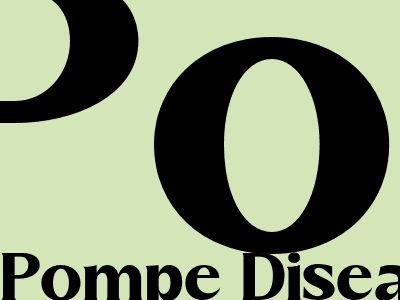
Pompe Disease
Pompe Disease: A Comprehensive Guide
What is Pompe Disease?
Pompe disease is a rare inherited disorder that affects the body's ability to break down glycogen, a complex sugar that provides energy to the cells. This buildup of glycogen can damage tissues and organs throughout the body, leading to a range of symptoms.
Types of Pompe Disease
There are two main types of Pompe disease: * **Infantile-onset Pompe disease** is the most severe form, appearing in infants within the first few months of life. It affects multiple organs, including the heart, liver, and muscles, and can be life-threatening without prompt treatment. * **Late-onset Pompe disease** is less severe and develops later in life, typically in adolescence or adulthood. It primarily affects muscles, leading to weakness and mobility issues.
Symptoms of Pompe Disease
The symptoms of Pompe disease vary depending on the type and severity of the condition. In infants, symptoms may include: * Weak muscle tone (hypotonia) * Enlarged heart and liver * Difficulty breathing * Excessive sweating * Feeding difficulties In late-onset Pompe disease, symptoms may include: * Muscle weakness and fatigue * Pain and stiffness in muscles * Difficulty walking or running * Respiratory problems * Enlarged heart
Diagnosis of Pompe Disease
Pompe disease is diagnosed through a combination of physical examination, family history, and laboratory tests. A blood test can measure the levels of the enzyme acid alpha-glucosidase (GAA), which is deficient in people with Pompe disease. Genetic testing can also confirm the diagnosis.
Treatment Options for Pompe Disease
The treatment for Pompe disease involves enzyme replacement therapy (ERT), which replaces the missing GAA enzyme. ERT can stabilize and improve cardiac and respiratory function, reduce muscle weakness, and prolong survival. * **ERT for infantile-onset Pompe disease:** Infants are typically treated with high-dose ERT every 2 weeks. Early diagnosis and treatment are crucial for improving outcomes. * **ERT for late-onset Pompe disease:** ERT is administered every 2-4 weeks. Treatment aims to prevent disease progression and improve muscle function. Other therapies may include: * **Respiratory support:** For infants with severe respiratory problems * **Cardiac support:** For infants with heart failure * **Physical therapy:** To improve muscle strength and function
Outlook for Pompe Disease
The outlook for Pompe disease has improved significantly with the advent of ERT. Early diagnosis and treatment are essential for improving outcomes. With proper management, many individuals with Pompe disease can lead fulfilling and active lives.
Resources for Families and Patients
* Pompe Disease Foundation (USA): https://www.pompe.org/ * Pompe Disease Network (Europe): https://www.pompedisease.eu/ * National Institutes of Health (NIH): https://www.nichd.nih.gov/health/topics/pompe/conditioninfo/Pages/default.aspx
Komentar